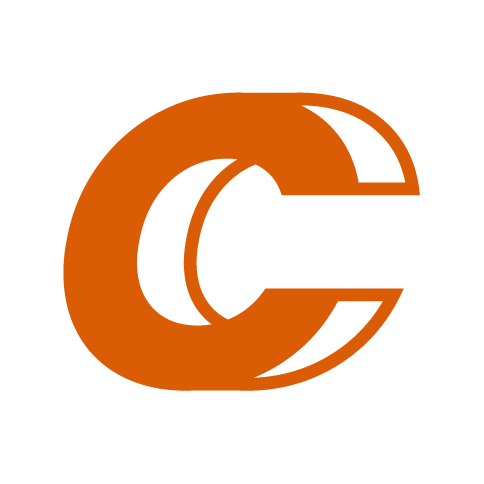Watchlists
Designing a dynamic feature to alert buyers when the produce they need is available.
It started with asking why? Why? Why? Why? Why?
My PM and I were asked by our CEO to build a “favoriting” feature, but we had to dig into why to understand that that was not actually what the user needed. The project definition phase between us looked something like this…
The Ask: Give our buyers the ability to “favorite” products.
Why? Because they need to know when a product they need becomes available on the marketplace.
Why? Because buyers are not checking the marketplace.
Why? Because our buyers need to buy product with a set of specifications (specs) and if they don’t immediately see something on the marketplace that matches those specs, they will stop browsing.
Why? Because most buyers need to fill orders immediately and don’t have time to check the marketplace regularly for the right specs at the right time at the right price.
Why? Because whose got time for that?!
Okay you get the idea. The problem goes deeper than just needing to slap a little heart icon in the corner of a product card.
Many other marketplaces solve this problem by giving their users the ability to favorite specific items, but this didn’t work for us because the items we had available were constantly changing, the same exact produce was rarely posted multiple times. Instead of picking products, we needed our buyers to pick attributes.
Asking more whys, but to our users
We lead a series of casual interviews with Buyers asking them about their experience browsing the marketplace, the criteria they use when looking for a product, and how they felt about receiving emails from us.
Interview Insights:
1. Buyers want to hear from us when we have something they want.
“Of course I want emails letting me know of things I’d be interested in or special deals. At least once a week, but I can never have too many emails if they show me what I need.”
— A Full Harvest Buyer
2. Buyers like to know of trends and deals, but also like custom ways to shop for their produce.
“I use the Recommended for You section to shop a lot— it usually has items included I’m interested in. But I do also like to see what else is out there.”
— A Full Harvest Buyer
3. Some Buyers want to narrow their options more than others.
Multiple buyers are satisfied with basic commodity filters— by far the most requested basic level of filtering. There are also others that only shop organic, specific grades, or prefer local/at least USA-grown.
Through these interviews, we came up with a prioritized list of attributes that Buyers cared about in their product search:
Commodity
Target Price
Organic or Conventional
Variety
Delivery date
Specs, grade, sizing
Comparable Experiences
I researched other platforms that included the ability to set up notifications or save a search for a set of attributes. I looked to the UX and UI of these platforms for inspiration as I designed the feature. They each took a slightly different approach and I borrowed elements from my four favorite examples: ThredUp, Upwork, Facebook Marketplace, and Kayak.
Our Solution: Watchlists
The Watchlist feature allows Buyers to easily shop the products they need any time and also notifies them when new products they want are available.
Over the course of two long brainstorming sessions, the Braintrust Triad (my Product Manager, our Head of Engineering, and I) outlined a feature that would alert our users when the products they wanted were on the marketplace. Then we kept adjusting that concept until it started to feel right.
The many iterations of this feature are reflected in the multi-stage evolution of its name: Favorites > My Commodities > Buyer Preferences > Saved Searches > My Watchlists
Early in the design process I mapped out user journeys for new Buyers acquired through outbound/inbound sales and active Buyers. Their paths to getting customized recommendations over email were different. We also tested two different email strategies.
The signup flow creates an instantly customized shopping experience
New Buyers are asked to add the commodities that they are interested in — these commodities automatically get saved as Watchlists so buyers immediately get alerts.
Apply filters to create a Watchlist
Filtering the marketplace causes the “Save Watchlist” button to appear. There is an info tooltip in case the Buyer is apprehensive to click the button.
Name & save a Watchlist
In this modal, the Buyer can review the Applied Filters and learn how the Watchlist will help them. A name with the filters is automatically populated in the Watchlist Name field, but the user can customize
A customized shopping experience
The Buyer now can browse the My Watchlist tab that only displays products they are interested in. They can also come to this tab to edit their watchlists (including turning off notifications).
When products matching a Watchlists get posted, the Buyer knows!
We send a daily digest email of products that match the filters applied to a Buyers Watchlists. If no new products match, no email is sent.
Watchlists were a hit
Watchlists was a feature that seemed simple in the initial ask but involved a lot of surprisingly difficult decisions that required us to really consider what our users needed. I am pleased with the end result and get a lot of joy out of seeing our users navigate to their Watchlist tab when I watch screen recordings in HotJar.
Here are some key results 7 months after the feature launched (Mar 2021–Oct 2021):






